NVIDIA SHIELD Makes Quarantine Bearable In 2020
I don't have a smart TV, but I have an NVIDIA SHIELD. This little piece of hardware was released in October of 2019 as the most compact version of the NVIDIA SHIELD device line yet produced. It's more than an alternative to products like Amazon Fire TV Stick/Cube, or Apple TV. It's a doorway to the world's best streaming content, complete with a feature that makes old content look better than it's ever looked before.
I've reviewed and/or used and/or owned every NVIDIA SHIELD devices since before the SHIELD collection became about smart TV. They started with the NVIDIA SHIELD, a device that's since been re-named NVIDIA SHIELD Portable, a handheld gaming controller with a display attached, running Android – well ahead of its time, to be sure.
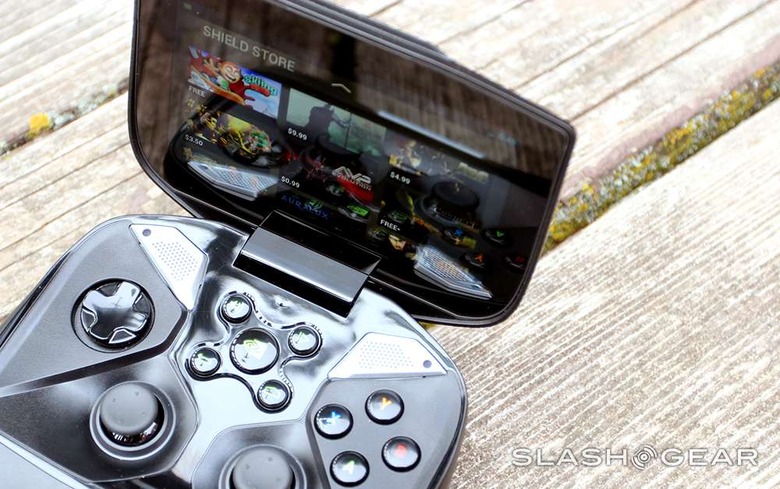
They made an NVIDIA SHIELD Tablet – very similar to the NVIDIA SHIELD Portable, with a larger display and no attached controller. They moved the controller to its own separate piece of hardware then – that controller can still be used with the latest versions of NVIDIA SHIELD today – then another one. There was also a stylus situation at one point – that remains radical today – there was an NVIDIA SHIELD Tablet K1, too.
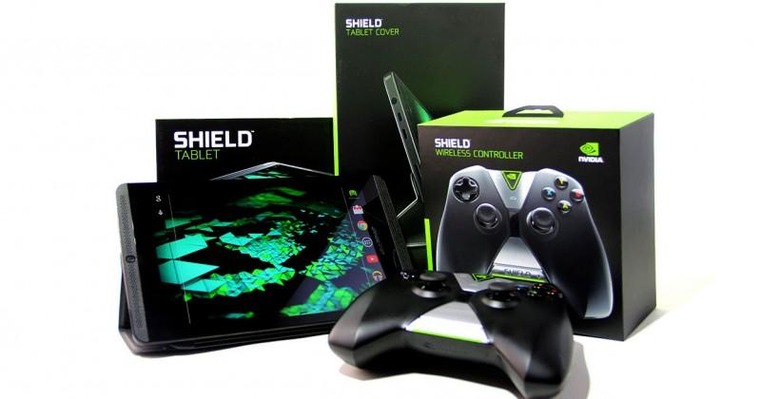
ABOVE: NVIDIA SHIELD Tablet, controller (gen 1) and a bunch of accessories and such. BELOW: The NVIDIA SHIELD Android TV gen 1 and gen 2. The smaller hardware is gen 2 – this is essentially the size and shape of the newest NVIDIA SHIELD Pro (2019) too.
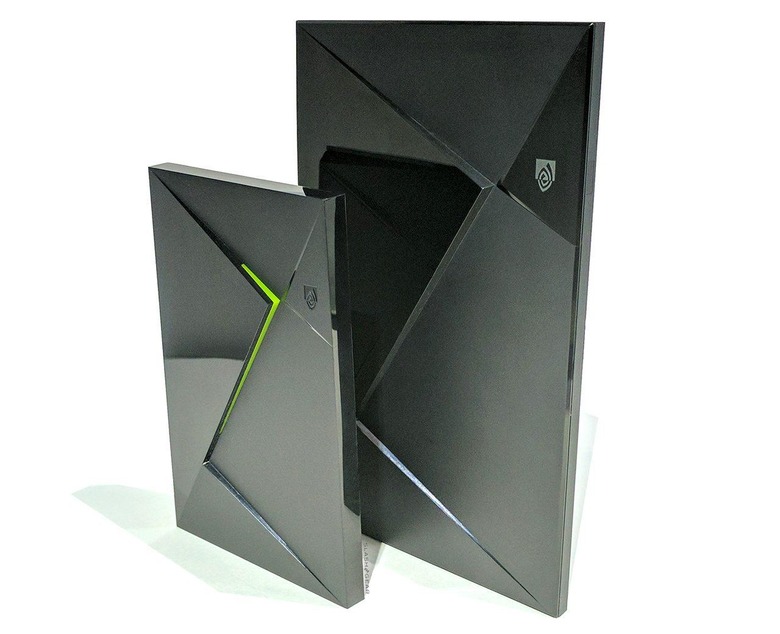
They released an NVIDIA SHIELD Android TV device, then another with a slightly smaller hardware footprint with less internal data storage, then they pulled out the stops with NVIDIA SHIELD 2019 – the device we're looking at today.
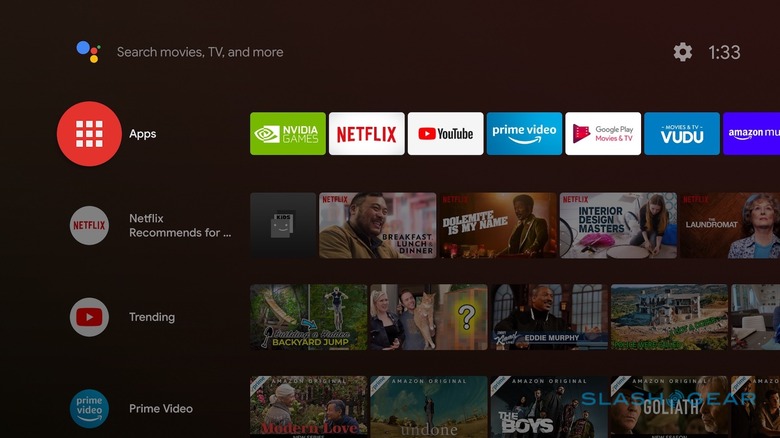
The NVIDIA SHIELD 2019 has AI upscaling abilities. This isn't your everyday run-of-the-mill "soap opera effect" nonsense. It's a system that analyzes every frame of video content you're viewing and computes the pixels necessary to enlarge the content to the size of your chosen display.
Traditional "upscaling" is sort of like having a printed picture on a Fruit Roll-Up. You stretch it out, and it looks stretched out. You're still working with the same image, just pulled out in all directions. With AI upscaling, the NVIDIA SHIELD's processor applies Deep Learning Neural Network tech to the process, filling in the gaps with visual data that best fits the image.
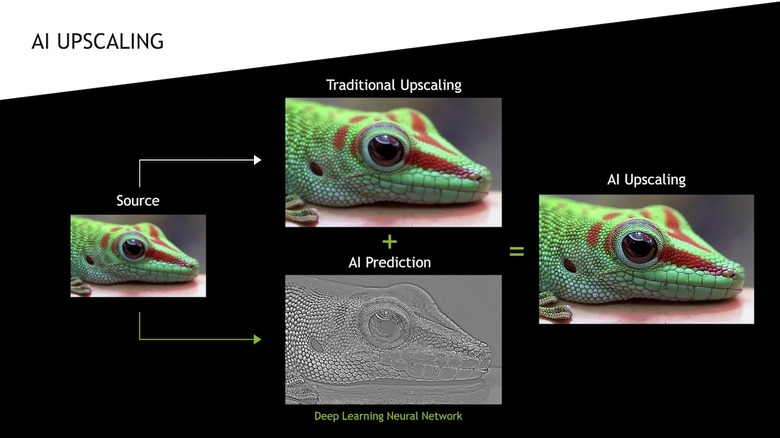
The end result is a piece of hardware that takes all your favorite content – MOST* of your favorite content, that is – and makes it look better than you remember it ever looking before. This is ideal for the world in which we now live – apart, alone, sitting in front of the television, streaming episodes of The Office.
The NVIDIA SHIELD (2019) can be purchased for around $150 USD right now from a variety of stores online. If you're looking at places like Best Buy or Amazon right now, you might find a slightly better price, but assuming you're reading this in the future, don't worry! That $150 will be well spent.
MOST of your favorite content
There is a limit to which NVIDIA's AI Upscaling can work its magic. The full-powered "AI Upscaling" system works with content with video resolution higher than 480p, with a frame rate higher than 30Hz – and the video content color space MUST be RGB to start.
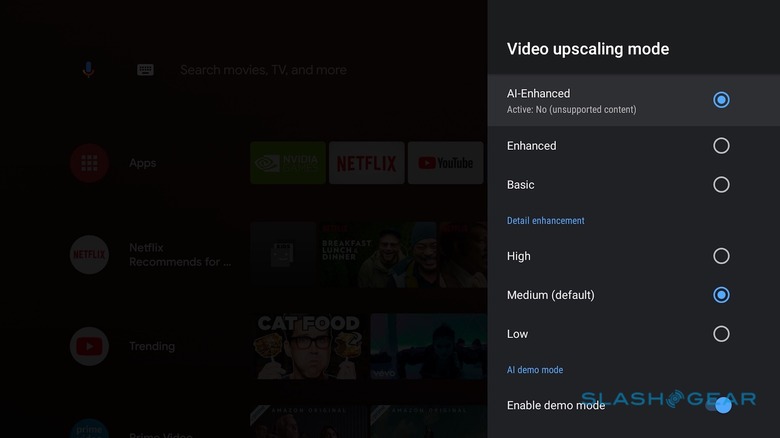
Otherwise, as NVIDIA suggests in documentation, AI Enhanced upscaling will fallback to "Enhanced" if the content is too small, the framerate is too low, or video content color space is not RGB.
NVIDIA SHIELD Pro for pros
There's also an NVIDIA SHIELD Pro, a device that's very similar to the 2nd-gen NVIDIA SHIELD Android TV device, with the smaller hardware size and the rectangular shape, plus the AI upscaling. That costs a bit more than the tube-shaped model and has some extra ports and such.
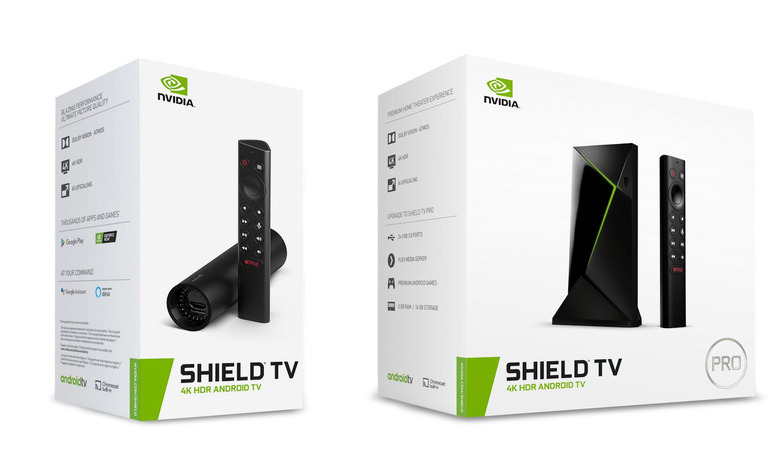
The NVIDIA SHIELD Pro is the model you'll want if you've used an NVIDIA SHIELD before, but want to upgrade. Going from an NVIDIA SHIELD Android TV gen 1 or 2 to an NVIDIA SHIELD 2019 (non-pro) can be a bit jarring if you're used to utilizing the USB ports – this new model has none.
But the NVIDIA SHIELD Pro has all the benefits of the NVIDIA SHIELD 2019, plus the benefits of the ports. The Pro also has more internal storage right out the gate, more RAM, and the ability to function as a PLEX Media server.
The NVIDIA SHIELD Pro (2019) will cost you anywhere from $50 to $75 more than the non-Pro. For some users, the additional or upgraded features could make all the difference.
